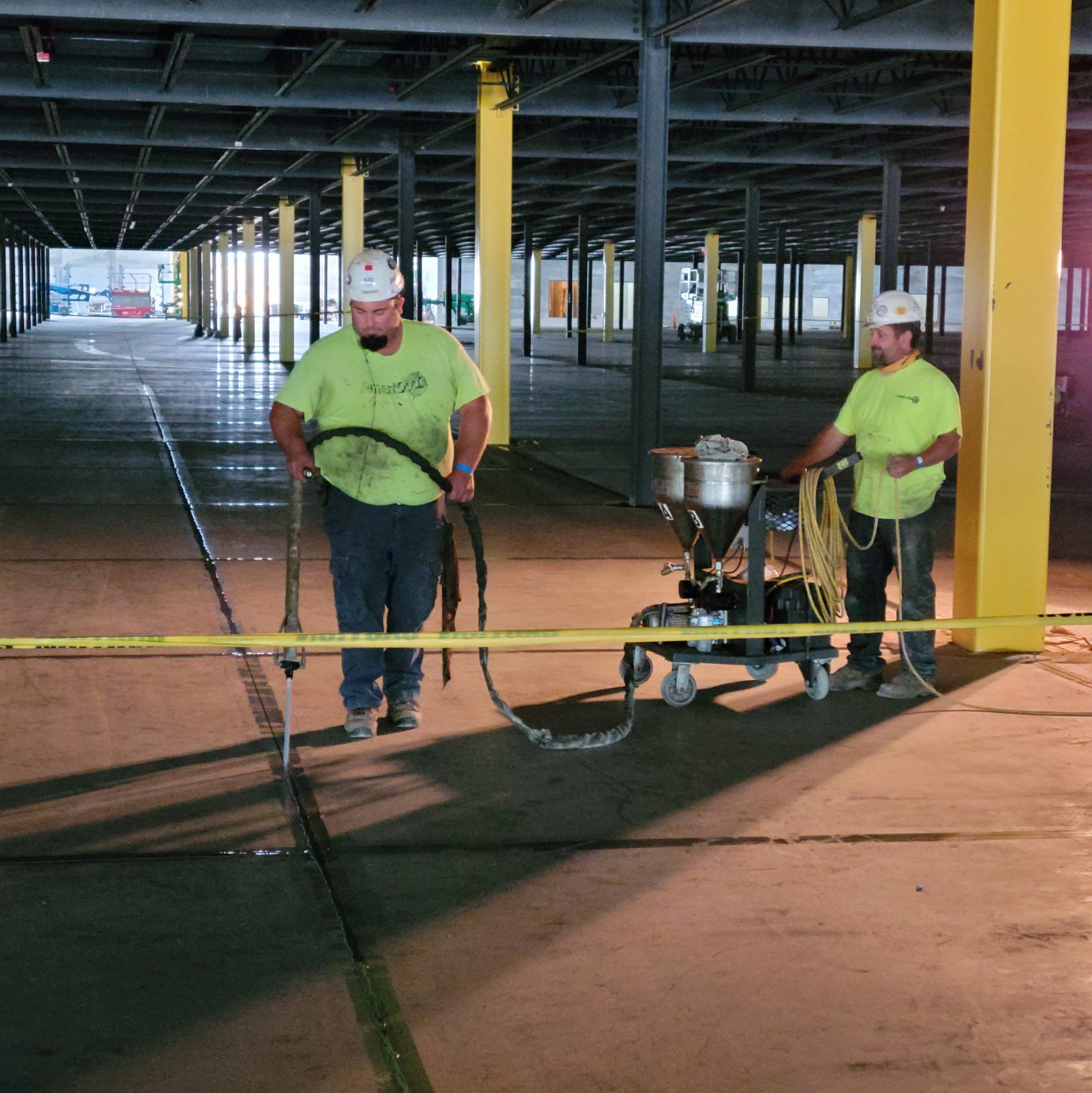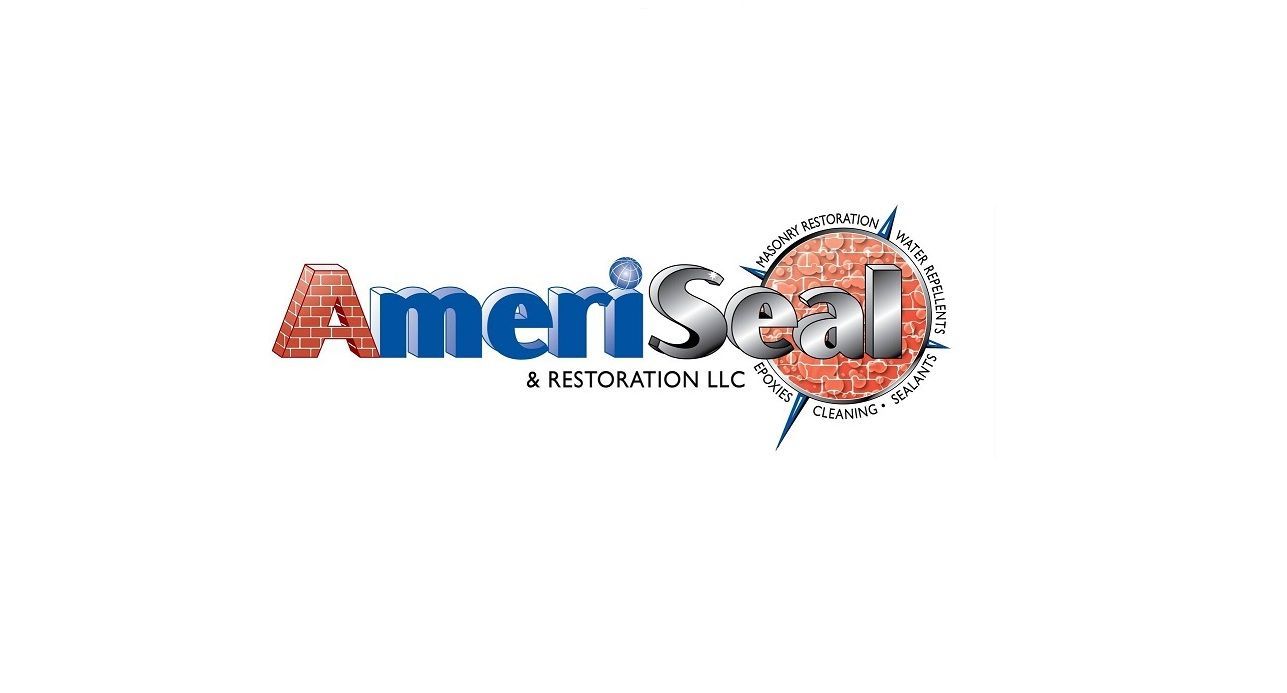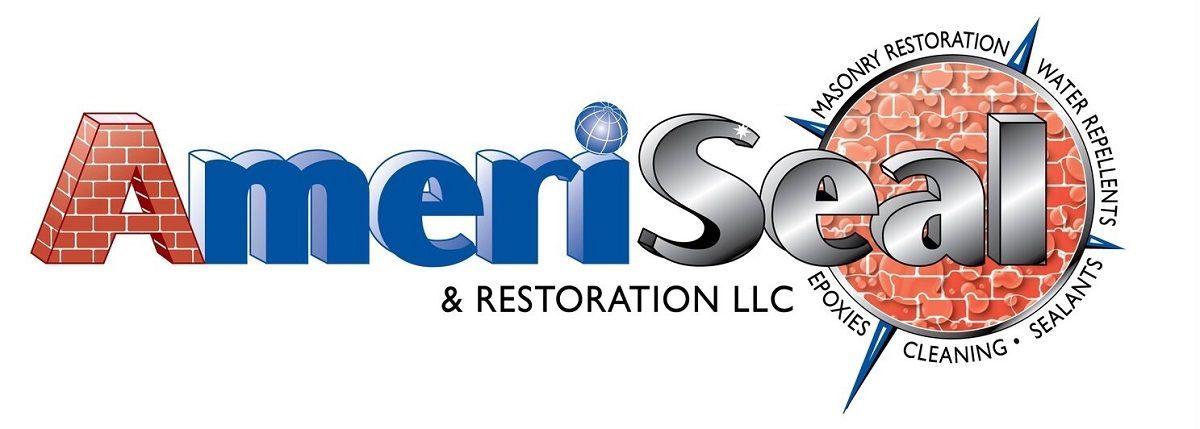Consumer Intro to Commercial Caulking: Why Choose Ameriseal and Restoration

A Bite-sized Guide to Commercial Joint-Sealing
Caulking (also known as Joint Sealant) is either an organic or inorganic material that is made to fill spaces or gaps between different substrates in a construction setting. It is designed to last for several years in place and to maintain a bond between the two materials of the joint. Caulking prevents damage by blocking the entry of air and water into and below the joint.
There are two main categories of Caulking: Silicone-based and Polyurethane-based. Each provides pros and cons when used in various settings. Contractors, like Ameriseal and Restoration, will evaluate which caulk to use on a job-by-job basis based on the performance needed. Some questions that need to be asked are:
- Will this caulking be exposed to daylight?
- Is this a horizontal, vertical, or angled application?
- What materials need to be sealed at the expansion joint?
- What is the budget for the joint sealant?
These are just basic, surface level questions, and there are many more that need to be answered before applying the joint sealant. So lets dive in and gain some insights to why Ameriseal and other contractors choose one type of caulking over another.
The Product Life Cycle of Caulking Related to its Price
The lifespan of silicone caulking is much longer than that of polyurethane caulking, and its not small margins either, silicone-based joint sealant will last 2 to 4 times longer than its polyurethane counterpart. The price of each reflects their lifespan, polyurethane joint sealant is more affordable because it doesn't last as long, even under optimal conditions.
Further Differences Between Silicone and Polyurethane caulking
Organic/Inorganic
Silicone caulking is inorganic and polyurethane caulking is organic. This comes into play when contractors choose a caulking because UV rays, temperature, and the weather will break down organic materials, like polyurethane, faster. If the caulking is exposed to the sky, silicone caulking is usually a better choice for longevity.
Substrates
When caulking expansion joints, the materials of each side of the joint need to be noted so that a caulk that adheres to those materials can be selected. These are referred to as: Masonry-to-Masonry, Masonry-to-Metal, and Masonry-to-Wood, etc.
Polyurethane tends to be able to caulk any substrate, while silicone caulking needs to be specific to the substrate. For example Dow 790 silicone is best used for Masonry-to-Masonry caulk joints, while Dow 795 silicone is best used for Masonry-to-Metal.
Movement, Expansion, and Temperatures
Joints often experience movement, there are even joints called Expansion Joints that are designed to be able to move as temperatures around it change. The type of caulking used on these joints may need to be able to move a lot, or not so much. Silicone-based joint sealants are much more elastic than polyurethane. Silicone caulking can maintain a bond with the materials in high movement areas, while polyurethane caulking can move a bit but not as well as silicone, +/- 35%.
Vertical or Horizontal applications
This one is a bit of a different section because we're going to introduce 'Non-sag' caulking. Both types of caulk can be non-sag, sometimes indicated with an NS in the product name, and this means that they will not succumb to gravity in a slanted or vertical orientation. The product will remain where it is placed and not bunch, sag, pull-away, or move.
But wait, there's more!
What a contractor like Ameriseal and Restoration will do for you
If this seems like a lot to absorb, its because it is, and this is just one of the services we offer! A professional like Ameriseal and Restoration will provide their recommendation on which joint sealant to use, and why. If the architect has a joint sealant already selected, all the better! Once scheduled, we will send a precision caulking team to efficiently and professionally seal all of your joints.
Our team at Ameriseal once placed down over 7.5 MILES of joint sealant, 40,185 lineal feet, of caulking, for ONE SITE. You can have confidence that you've chosen one of the best in Ohio when you pick Ameriseal and Restoration for your commercial caulking. Call today to start a constructive conversation! (330) 794-8040

Monday - Friday 7am - 4pm; Closed Weekends
AmeriSeal and Restoration | All Rights Reserved | (330) 794-8040 | 685 High Grove Blvd Akron, OH 44312
Site Design: Ally Digital LLC
